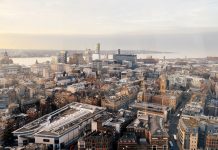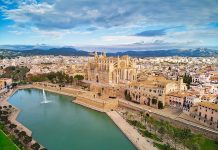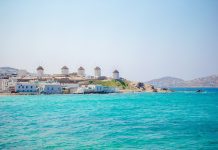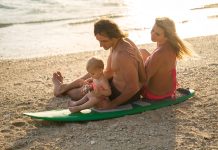The good fortune of visiting a city like Istanbul is that you can enter all mosques smoothly. All we have to bear in mind is that when we enter we’ll have to remove our shoes and save them in plastic bags that are provided to you and that women have to cover their hair with a scarf.
The fact that you can visit mosques’ to be grateful about, cause in other countries like Morocco you can’t enter them.Inside there are true works of art and it’s one of the great attractions of Istanbul.
The two most spectacular mosques in Istanbul are Hagia Sophia and the Blue Mosque.Both are very close to each other, just 5 minutes walk. It should be clarified that Hagia Sophia is now a museum so you have to pay an entry of 25 TL (no student discount), but the good’s that you don’t have to remove your shoes or cover your hair. Instead, the Blue Mosque is a mosque used to pray and is therefore free.
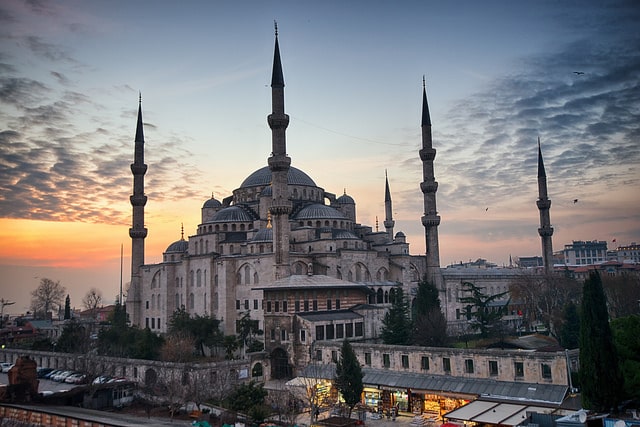
Surely it’s the first you visit upon reaching Istanbul. For us it’s the mosque we liked most of all the city inside and out. On the outside, it’s a mosque with perfect proportions and its environment (surrounded by gardens and the Roman Hippodrome) makes it the most photographed monument in the city.
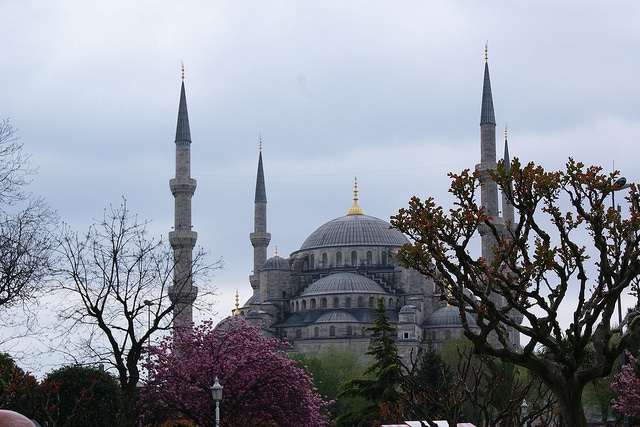
It’s also the only mosque with six minarets of Istanbul. When the Blue Mosque was built, only the mosque of the Kaaba in Mecca (the place of maximum pilgrimage for Muslims) had 6 minarets. So, after all criticism about the construction of 6 minarets of the Blue Mosque,they decided to build a seventh minaret in Mecca.
Inside, the mosque will impact you greatly. You can find beautiful ornamentation whose smallest detail is lovingly cared. Also, being a mosque for prayer purposes gives it that religious atmosphere that lacks Hagia Sophia. At prayer times, they close the mosque to visitors to not disturb. You can go just before prayer time when there’s not too many people inside in order to enjoy more of the interior of the mosque.
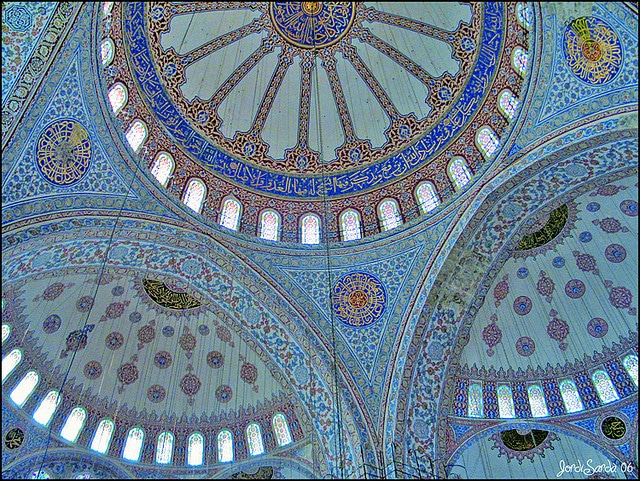
The mosque is open from 9 to 19h and has a large patio and gardens at its entrance.We recommend going early in the morning or the hours just before or after prayer time to find no crowds.
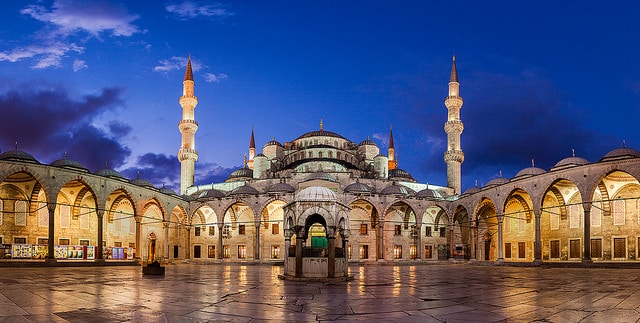
Photos: Jordi Sarda, Vicki Mar, Emad Aljumah and Mayte Diaz.



